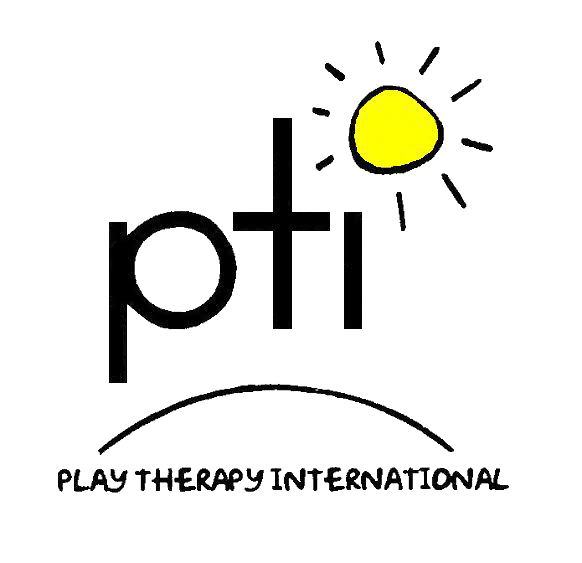These guidelines are based upon an extract from “Children’s Imaginative Play” published by the Greenwood Publishing Group August 2002. The author Shlomo Ariel PhD is a clinical psychologist and supervisor of clinical psychology and marital and family therapy in Israel.
Integrative play diagnosis and play therapy can be carried out properly only by specially trained professional therapists. However, lay persons – parents, educators and other carers of children – who are worried about a child under their care, can include careful observations of the child’s spontaneous play in their sources of information about the child’s emotional condition. It should be stressed that not every aspect of children’s play, or, for that matter, non-play behaviour, that might look to an adult worrying is really a cause for concern. Perfectly normal young children are often irrational, irresponsible, and absurd. The make-believe play of well-adjusted children often includes themes of patricide, matricide, suicide, sadism, and a whole assortment of ideas that might look way out, bizarre and crazy from an adult standpoint.

